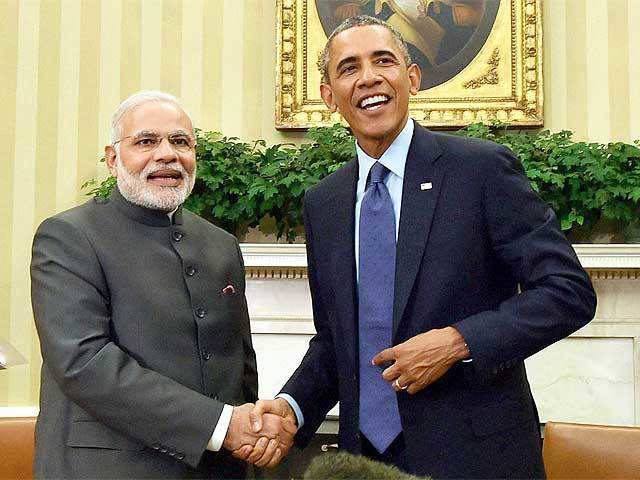India-US Relations Post Cold War
This promoted deeper ties between the two powers and in turn, they became pretty close allies. But it was not until 1998 that India became a major strategic ally for the US as in 1998 both India and Pakistan tested nuclear weapons underground and both of the countries faced criticism on the international stage for it. President Bill Clinton went as far as imposing sanctions on India for it, which is required under US law. Although these sanctions didn’t last very long for India, they affected the relationship very badly. “Officially” it went to being estranged again but India had already become too important for the US to lose. In the unipolar world post, cold war China was emerging as a global power from Asia which threatened the US’s position. It needed a powerful ally in Asia to maintain the power balance of the world. India, which was now a recognized nuclear-weapon state, could serve as the much-needed ally of the US. In the Kargil war, Pakistani Prime Minister Nawaz Sharif was summoned by the US president, following which the Pakistani PM withdraws his forces from beyond the Line Of Control.
By the year 2000 US had lifted all the remaining
sanctions it had imposed. India even received more than $175 million in form of
humanitarian aid which was 45 times larger than the aid received by Pakistan.
The war on terror was also one of the major opportunities for the US-India
relationship as both of the countries suffered from terrorist activities. India
had claimed to have a great interest in counterterrorism. As we enter the year
2005 we witness multiple moments which strengthened the ties of the two
democracies, such as the visit of US Secretary Of State Condoleezza Rice which
starts a dialogue on energy security despite India's possible energy
cooperation with Iran, as well as the signing of new defense framework pact
which bought the countries together in counterterrorism, maritime security,
disaster relief, and proliferation of weapons of mass destruction. Following
which the two countries signed a landmark Civil Nuclear deal, which ended the
three-decade-long US suspension on nuclear energy trade with India and
separated India’s civil and military nuclear facility.
Under the leadership of President
Obama US-India grew even tighter, he even backed India's position for a
permanent seat in the UN Security Council. After the election of Prime Minister
Narendra Modi, the countries got nothing but closer as china grows stronger
US’s need for a strong ally in Asia increases even further. Firstly,
“the world’s fate will be decided in the Indian Ocean. Whoever
controls the Indian Ocean, controls Asia because this ocean is the key to the seven
seas” and hence in order to maintain its presence in the Indian oceans the US
needs to maintain its relationships which were escalated by the frequent meets
and visits of the leaders of the two countries. But recent affairs might have
negatively affected their relationship. During the early phase of the Corona
virus pandemic, the US was the worst affected country in the world and India
had provided it with hydroxychloroquine when she needed it the most. But now in
2021 when India, after helping almost the whole world by providing them with
made in India vaccines, is reporting the highest number of Covid cases the US
had followed the policy of ‘America First’ and turned its back on India and
banned the export of raw materials for Covid Vaccine to India. But later
succumbed to India’s diplomacy and global pressure and lifted the ban after a
call with NSA Ajit Doval.
The crux of the discussion
–
The US needs India as a
counterweight to balance the power in Asia and against the rising power China.
But India has spent 70 years dictating its own direction and more or less not dependent
on any other country and because of that India doesn’t need the United States
as much as the United States needs India.
- Mayank Singh Chandel.



Comments
Post a Comment